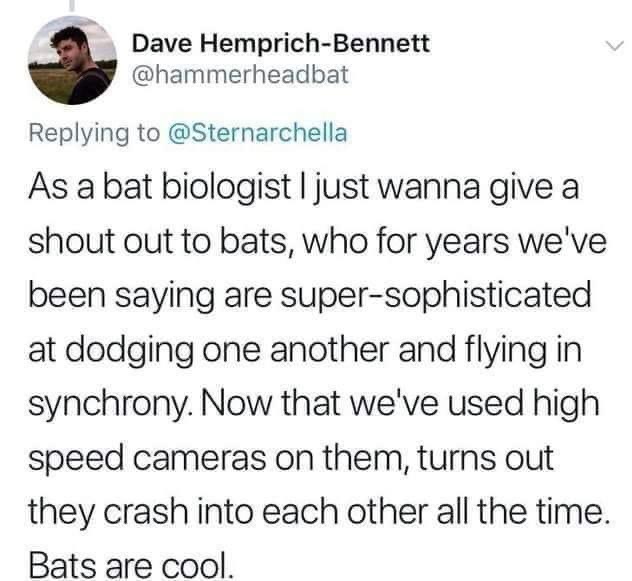I need for y’all to do something for me: pretend that today is yesterday, because I want to call your attention to the fact that yesterday was — besides being the first day of February, the month with self-esteem problems due to its short stature, so please be considerate — National Texas Day, National Dark Chocolate Day, and National Serpent Day, a combination of three of the things that the Gazette staff holds most dear.
In the interest of full disclosure, National Texas Day is a made-up observation, concocted by the website linked above. But I have no quibble with it, although it would be better if every day was National Texas Day, given the superior status of the Lone Star State by virtue of the existance Willie Nelson.
But if you are one of the very few who choose to click on the National Serpent Day link, you might thank me for correcting one egregious statement in the Serpent FAQ section. During the course of my usual in-depth research, I noticed that the FAQ lumped the mambas in with the Viperidae family (along with rattlesnakes and cottonmouths), which it said has folding fangs. None of that is true for mambas; they are in the Elapidae family (along with cobras and coral snakes) and have fixed fangs. I pointed out that error in an email, and that reference was removed a few hours later. Don’t thank me; that’s just the way I roll. [Here’s a short primer on snake fangs.]

On a late night in January of 1985, more than forty of the most well-known pop and rock musicians of the time gathered in an LA studio in an attempt to record a song that they hoped would make a worldwide difference. They entered under a hand-written sign that read “check your egos at the door” and when they left in the wee hours of the following morning, they had indeed accomplished their goal. The product? The ninth best-selling single in history: We Are the World, performed by the group that would be referred to as USA for Africa.
A documentary showing the details of how this project came to be is now showing on Netflix, and if you have any interest in the music of that era, I recommend that you set aside some time to watch it. I was equally struck by not only the musical and production talent of most of the participants, but also by the “feet of clay” that some of them revealed in the process.
Here’s the trailer, via YouTube:
If you don’t trust my recommendation, or if you just want to read about some of the juicy details (and there were quite a few), check out this article on People magazine’s website. But it’s full of spoilers so maybe don’t read it if you intend to stream the documentary.

Remaining in the musical vein, but in an entirely different part of the anatomy, my pal Sam sent me a link to the following performance on YouTube:
I realize this is MUCH different from the music I normally share on the Gazette, and I confess to being at best a tepid fan of most classical music. But I appreciate a skillset that transcends my most earnest attempts to grasp it, regardless of genre, and this 30-something Ukrainian pianist is simply mesmerizing in that regard.
Anna Federova began playing the piano at age six, and has since performed with every major orchestra in every major venue in the universe.
Couple of things I want to share from my listening/viewing of this video:
- We streamed The Greatest Night In Pop the evening following my afternoon viewing of Federova’s performance, and I was struck by the contrast between the pianist’s ability to flawlessly (to my ears) play more than 30,000 notes (according to ChatGPT) by memory in front of a live audience, with the obvious anxiety of the USA For Africa musicians who had to sing only a couple of bars of music in front of about fifty people (counting the production staff). Granted, most of the latter group were seeing the music for the first time, and performing in front of peers (and is some cases, musical idols and/or mentors) added pressure, so I’m not making a judgment call…just an observation.
- I don’t think I’d ever listened to Rachmaninoff’s 2nd piano concerto, but at several points during the performance I heard snippets of a very familiar melody. It wasn’t until near the end of the performance that I thought to myself, those passages remind me of Eric Carmen’s song from the Seventies, All By Myself. (And, yes, I always think to myself in complete and absolutely grammatically correct sentences; doesn’t everyone?) I was gratified when I hopped over to Wikipedia’s entry on the concerto to learn more about it and saw in the section entitled Transcriptions and Derivative Works that I was correct. The Wikipedia entry for All By Myself has some interesting details about Carmen’s decision to include this melody from the second movement, and the legal fallout that resulted.
A quick technical footnote: if you do watch the video, you’ll be impressed by the camera work. The director obviously was familiar with the music; I’m not sure how else he (or she) knew to focus on a cello for a single pizzicato note.
And, finally, if you’ve ever wondered about the relative difficulty of a specific piece of classical music — specifically piano concertos — you might find this opinion piece helpful / interesting / provocative / controversial.

I want to share a cautionary tale about a job that you should never undertake unless your idea of a good time is do-it-yourself root canal. I am referring, of course, to the task of digging up a palm tree.
There was a smallish palm planted in the corner of the front courtyard when we bought the house in 2016. I have no idea how long it had been there…possibly more than a decade…but it was well-established. It wasn’t exactly an eyesore so we didn’t try to remove it at the time, but it also wasn’t our idea of an enhancement to the landscape. However, the Snowpacalypse of a few years ago proved to be its undoing, and it froze back to the ground.
I cut it off near ground level, and the next year it began to put out new growth, but it never achieved anything resembling beauty. “We” decided it needed to be removed.
I won’t go into the gory details; suffice it to say that I spent about four hours over the course of a few days to dig up the root ball. The last half hour was spent on my stomach reaching under the ball to cut the remaining roots one at a time in order to free the stump. (My efforts were hampered by the fact that it was next to a stone wall, meaning that I couldn’t use a pickaxe or get any leverage for about a third of the stump.)
On Wednesday, I finally succeeded in pulling the root ball out of the hole — the hole will eventually house a small kinetic sculpture — and only then did I notice that it bore a strong resemblance to something else.

Do you remember the movie, Clash of the Titans? The original movie came out in 1981, and a remake was released in 2010. Neither could be considered a classic, but they also weren’t terrible. They fall into a category we refer to as a good popcorn movie. Anyway, one of the scenes in both movies involved the battle between the mythological Greek hero Perseus and Medusa, the Gorgon whose snakey visage turned to stone anyone who made eye contact with her, not unlike Billie Eilish on a bad eye-shadow day. As you know, Perseus decapitated Medusa after a bit of trickery, and used her severed head to create life-sized chess pieces from his enemies, although I might be mistaken about that detail. Both movies had a scene of the final victory like this (don’t worry; Medusa’s visage is rendered impotent in photos…I think…):

You can guess where I’m going with this, right? I mean, the next day was National Serpent Day…

I was too tired to do anything with the root ball after extracting it, so I laid it in the courtyard for later disposal. But when I looked out at it through a window a few hours later, it had taken on a whole other shape, one that evoked a different kind of being…a non-mythical one at that:

We’ve spotted porcupines around town and some of them didn’t look nearly as good as this plant-based version. I kinda hate to get rid of it now.

Parting Shot: Everything I Thought I Knew Is A Lie

Discover more from The Fire Ant Gazette
Subscribe to get the latest posts sent to your email.

